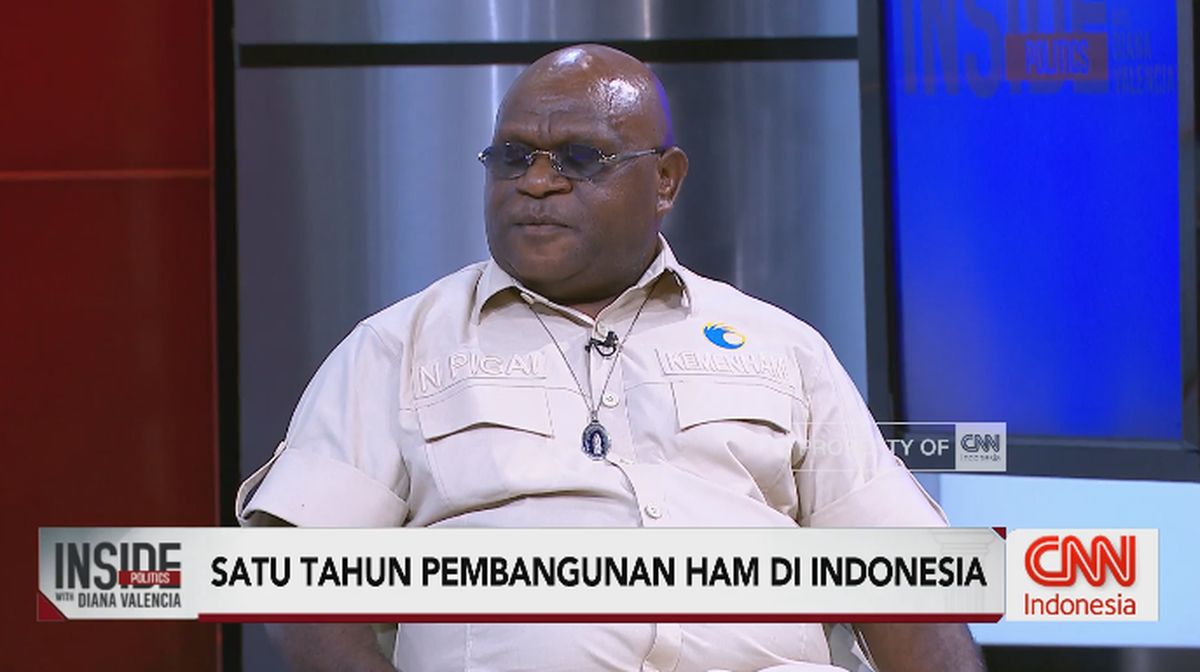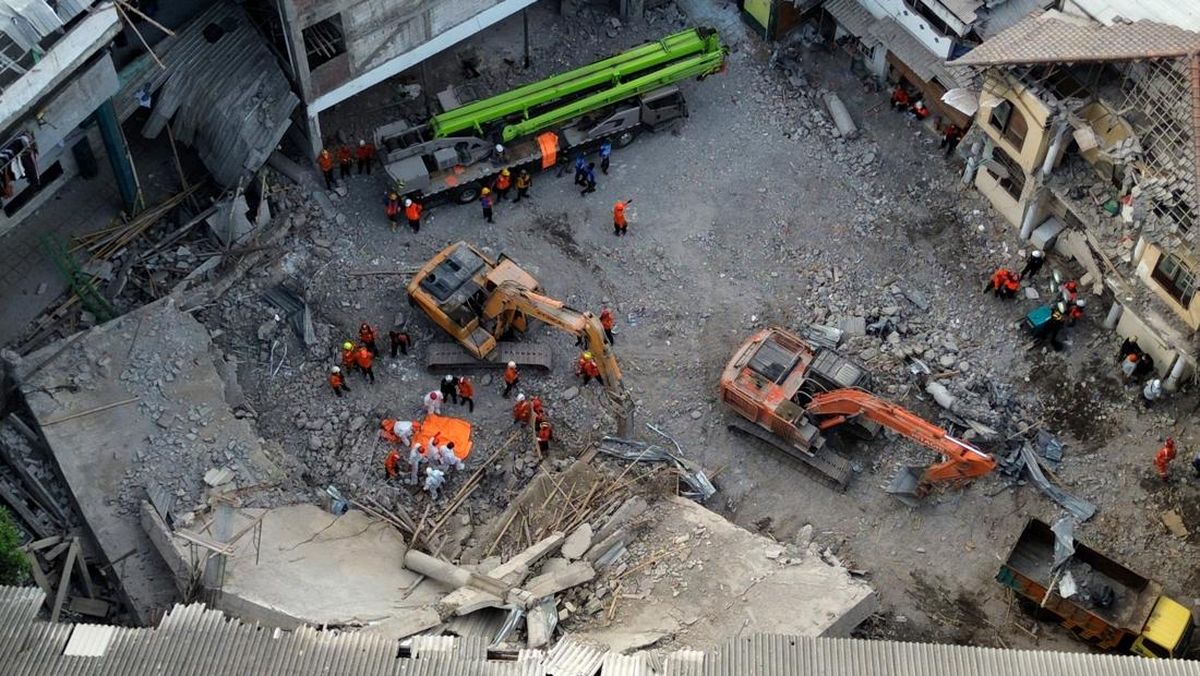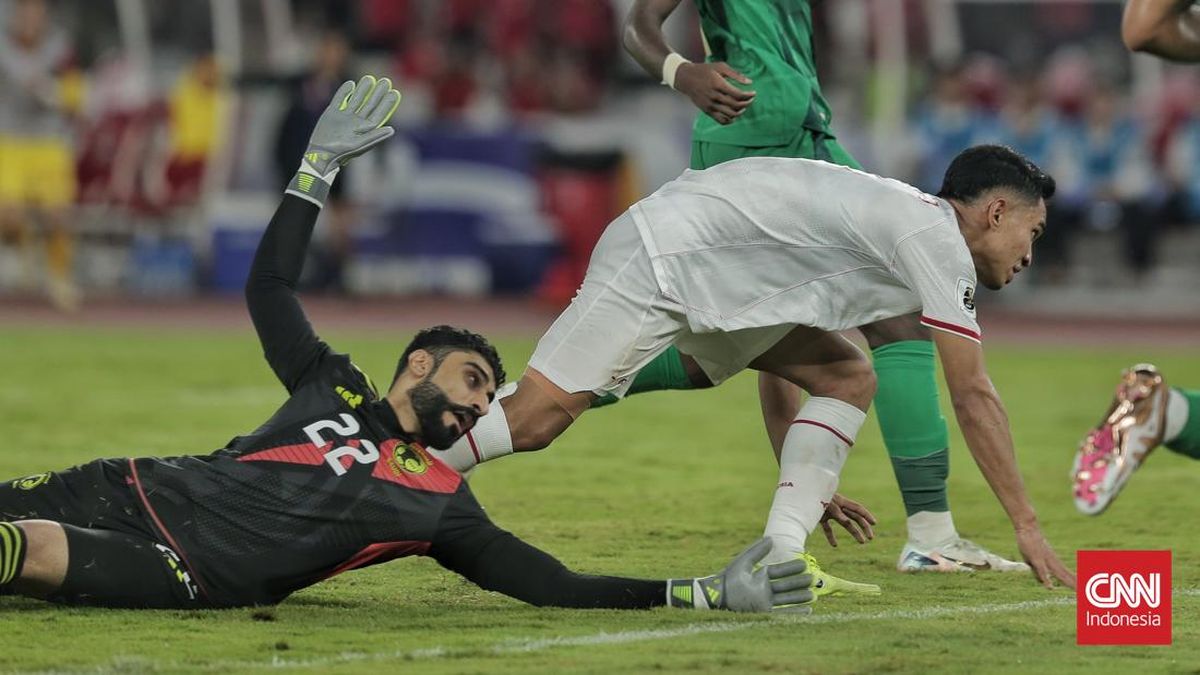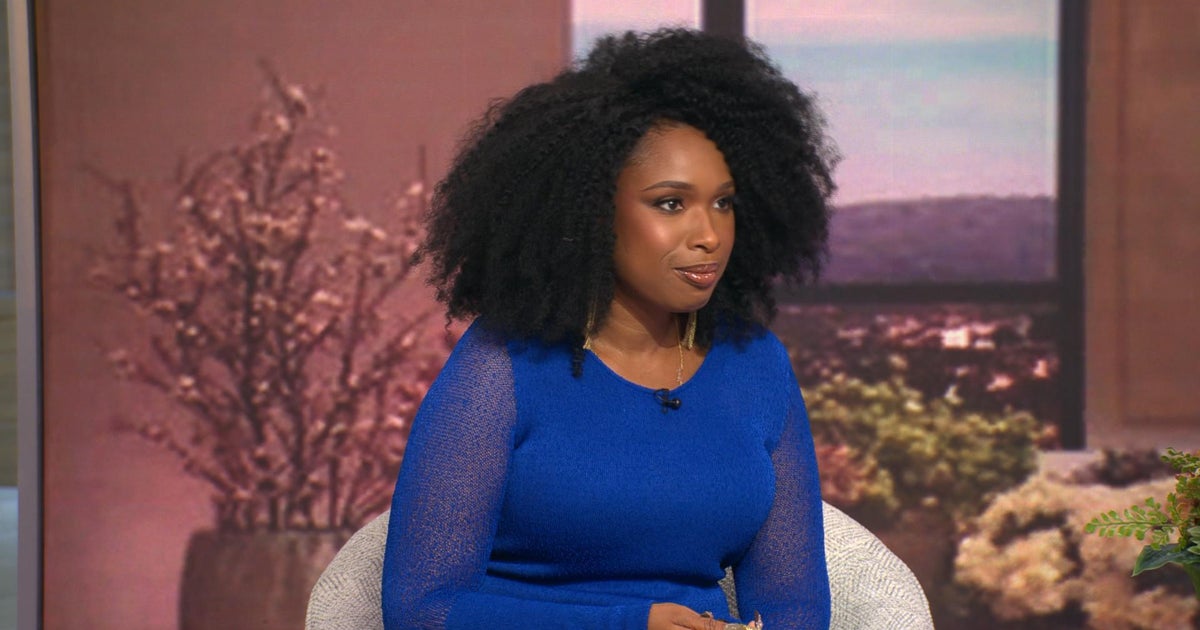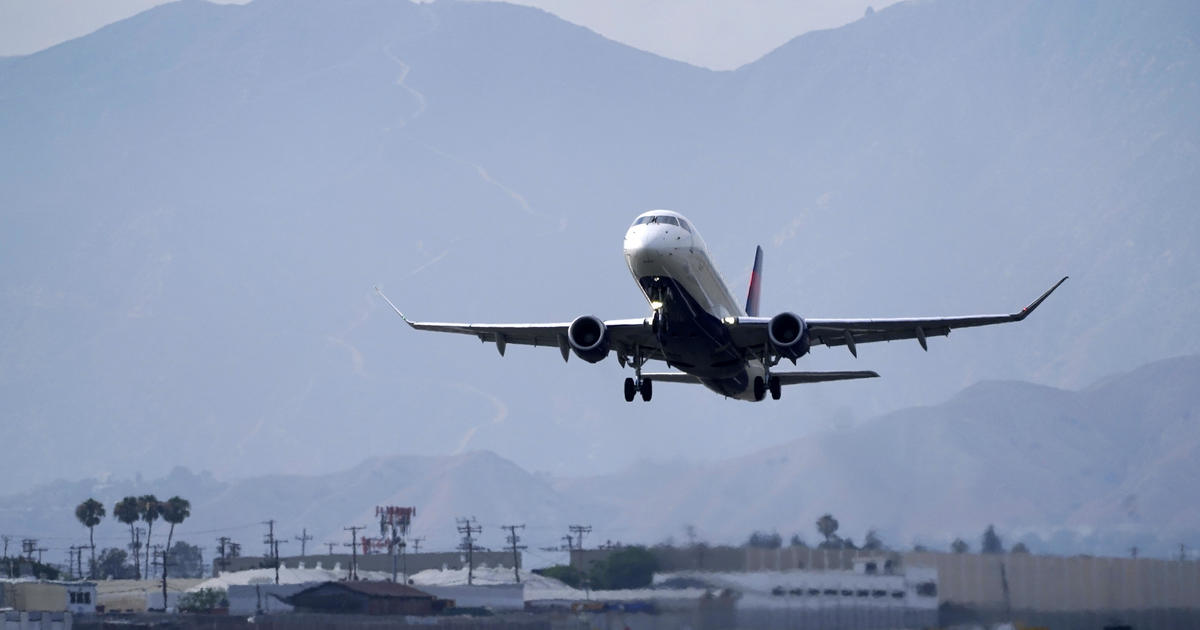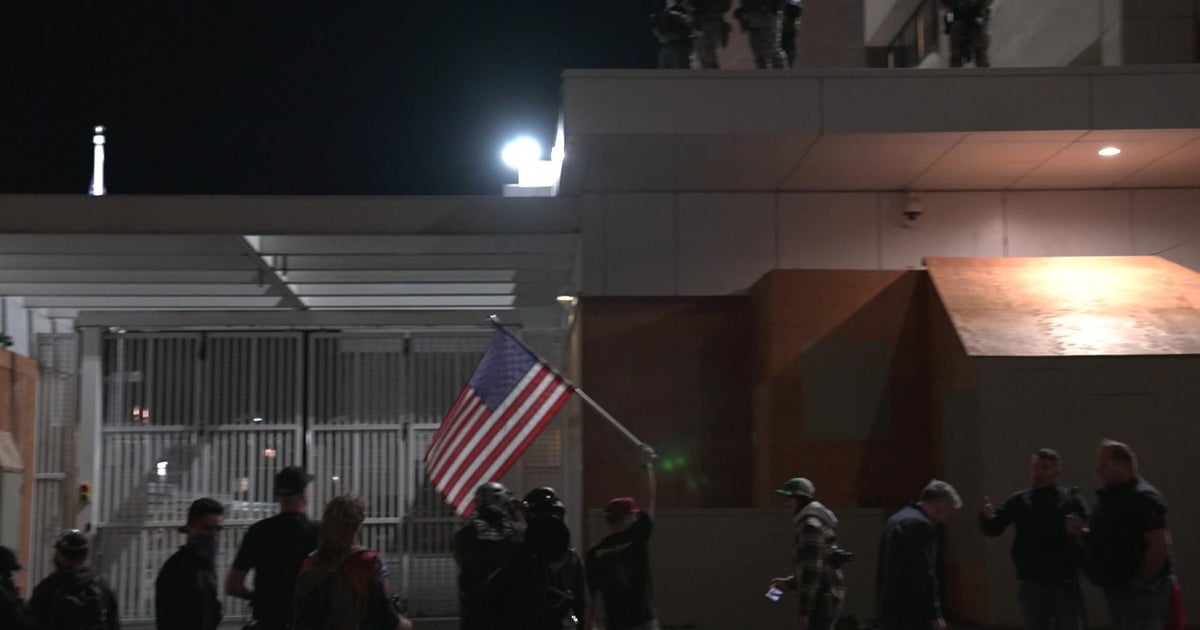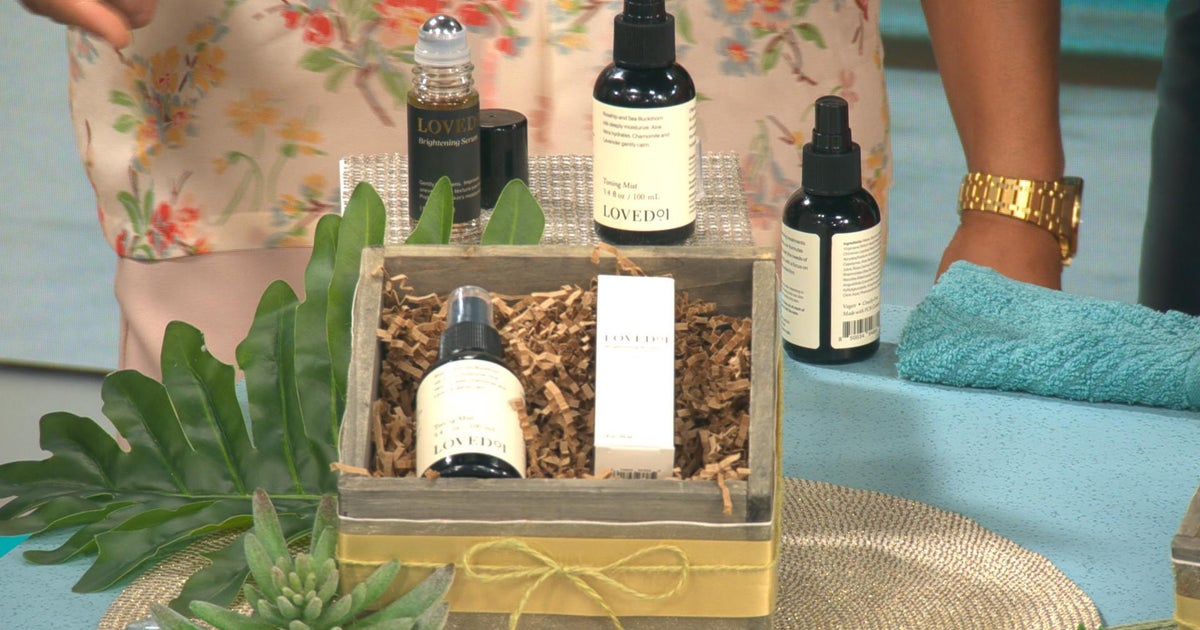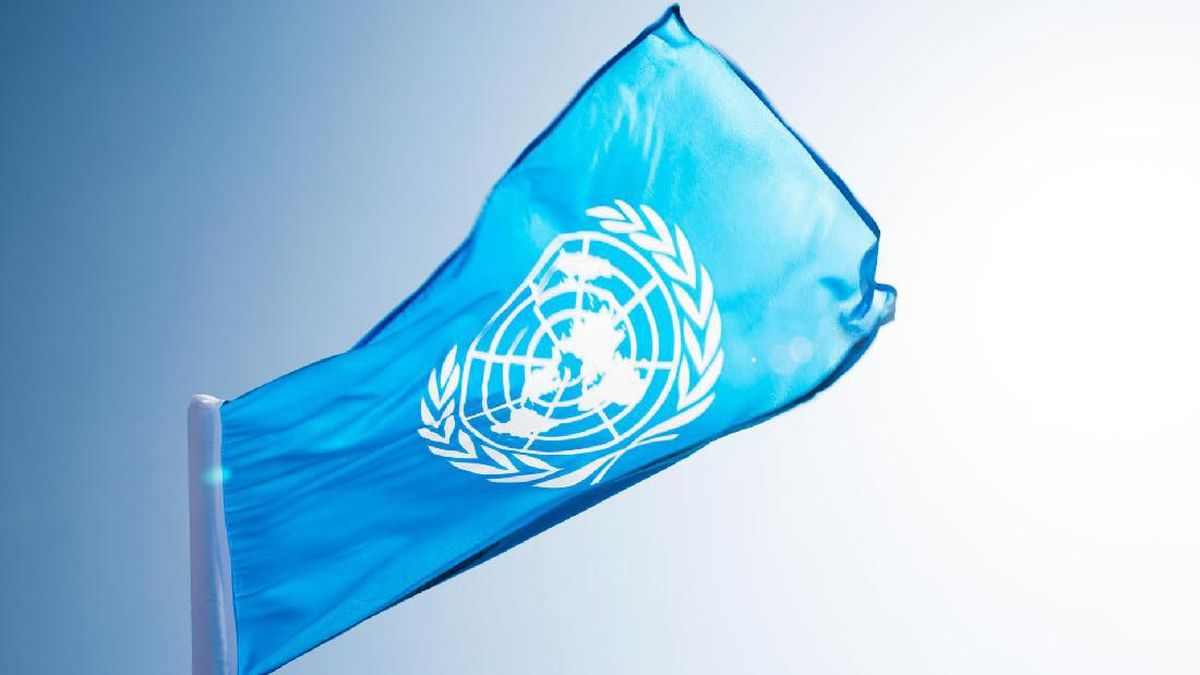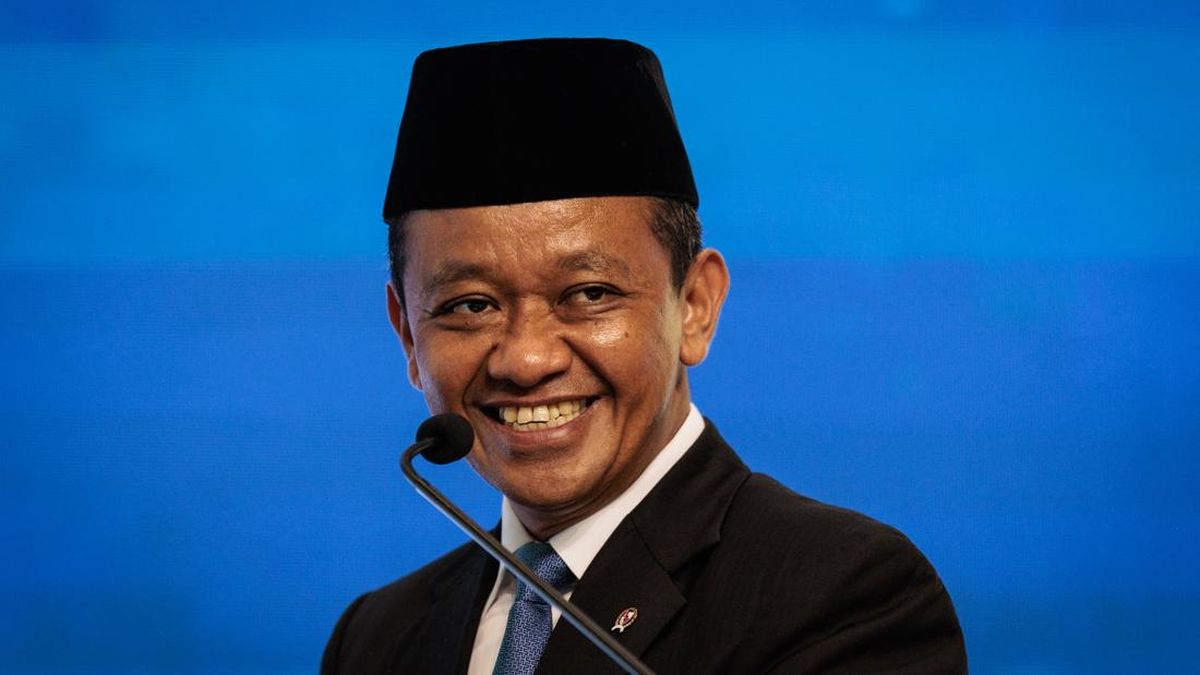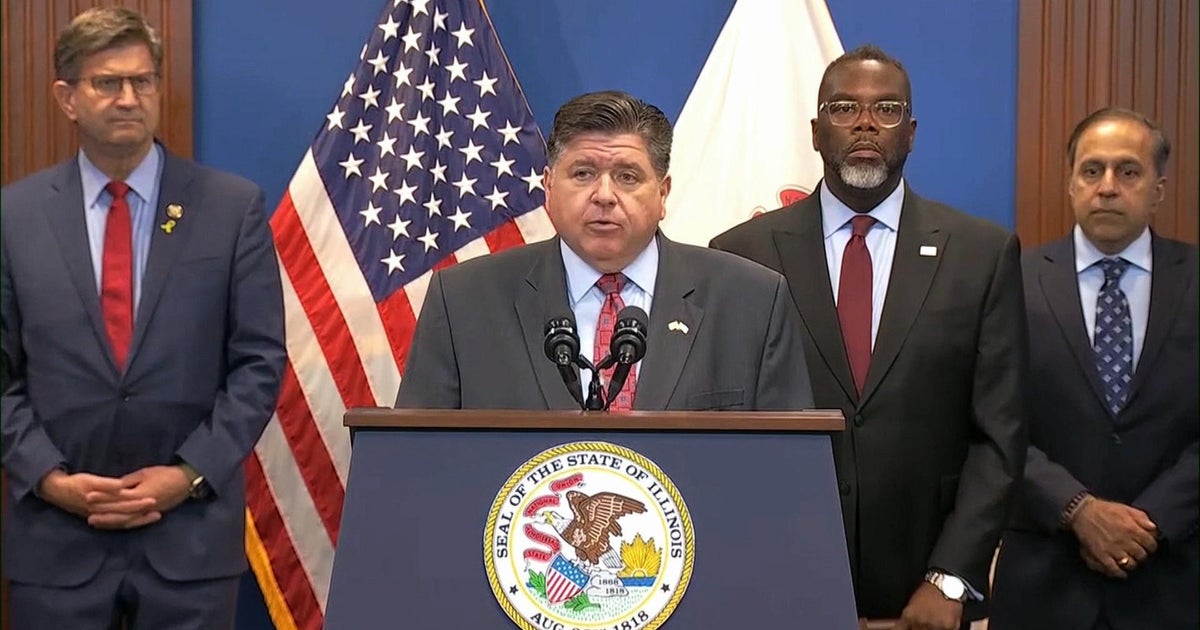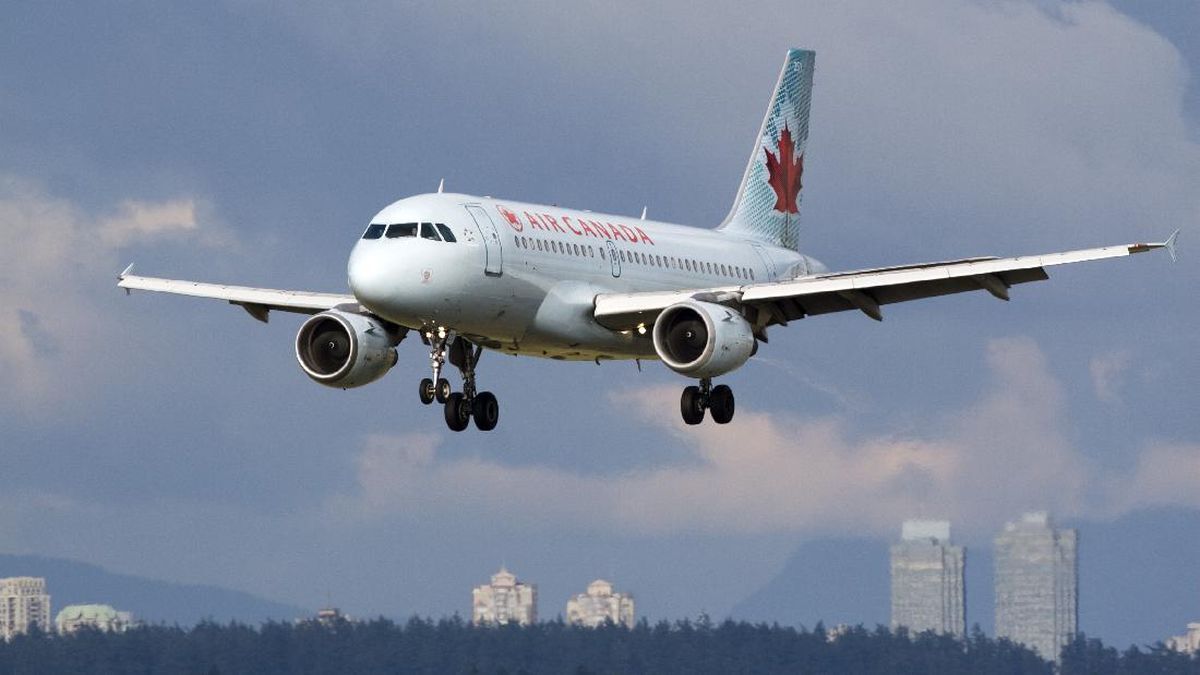Our electoral system works. Two changes would make it better
Liberal candidate Gisele Kapterian last week ended her long and eventful bid to become the member for Bradfield – four months after the federal election. Her rollercoaster attempt to defeat the teal rival, Nicolette Boele, is a testament to the strength of our orderly and well-managed electoral system.

Gisele Kapterian and Nicolette Boele were vying to become the member for Bradfield. Credit: Michael Howard
The battle for Bradfield, now the most marginal federal seat in the country – just 26 votes in it – involved seven vote counts, an official recount and an application (subsequently withdrawn) to the Court of Disputed Returns.
The process has demonstrated something I have long espoused – that for all the heat in the kitchen that elections generate, our democracy is as pristine as it gets. That doesn’t mean the policies are pristine, but simply the way elections are conducted.
While reserving the right to curse and vote against one side or the other, we rejoice in our orderly democracy. In all the argy-bargy in Bradfield recently, even the competing parties fell over themselves to sing the praises of the way the election was conducted. Elections in Australia happen without bloodshed or corruption. The small army of public servants, through to the volunteers who support parties and candidates and of course the candidates themselves, are at the pointy end of this pristine regime of ours.
A raft of integrity and process checks and balances does not mean Australian democracy is perfect. That is why our orderly system of democracy should do its bit to facilitate rather than stand in the way of ordinary citizens through to political parties and integrity advocates going their hardest to blow the whistle on alleged blemishes. Alleged blemishes just might point to a wider problem.
Loading
An undisputed jewel in the Liberal Party crown until the 2022 federal election, Bradfield was the ultimate unlosable electorate. Until it wasn’t.
Wise heads who know politics have been warning since the DLP emerged in the 1950s about the vulnerability of so-called “unlosable seats”, right across the political spectrum. There is a conga line of unimagined political results from the past four decades or more that could herald the end of the two-party system in Australia.
Whilst there are reasons for Bradfield’s own notoriety, the recent federal election result is no more exceptional than Ted Mack winning North Sydney from the Liberal Party’s John Spender in 1990 or Dawn Fraser beating the ALP’s Peter Crawford in the state seat of Balmain in Labor heartland in 1988.
Less than a year ago, Jacqui Scruby defeated the Liberal candidate, winning the state seat of Pittwater for the teals. Nowhere has the wallop of democracy been greater than the teals incursion, backed by Climate 200, into Liberal Party heartland in NSW, Victoria and Western Australia in the 2022 federal election.
There are scores of examples from the past 40 years when the unlosable has been lost. The political pie with two slices is now more like a quiche with three slices.

It was all smiles in 2022 for the teals (from left): Kylea Tink, Zoe Daniel, Sophie Scamps, Monique Ryan, Kate Chaney and Allegra Spender.Credit: James Brickwood
Bradfield is a wildcard result; Kapterian received 42 per cent of the primary vote and Boele 30 per cent.
Political insiders know that elections are won one vote at a time – when the margin ended up being just 26 votes, every single interaction with a voter is crucial. A recent article in The Australian Financial Review showed how the Liberal Party got basic things wrong. These included “being unable to achieve the basics of party administration, such as registering candidates in time for local elections, or reallocating branches after redistributions”.
In addition, Liberal Party campaign headquarters micromanaged the campaign, insisting on approving everything including social media posts, which could take hours or sometimes days.
The Liberal Party voters in Bradfield will live to fight another election. But there are many ways to reform our pristine but imperfect democracy.
First-past-the-post voting, voluntary voting, electronic voting and more recently extending the vote to 16-year-olds are all up for debate. Don’t hold your breath for any of these reforms, if that is what they are, to happen.
But what could and should happen in short order are two simple and overwhelmingly accepted measures. For starters, require proof of identity when turning up to vote. None of us can check in at a hotel or borrow a library book without proof of who we are. Why should we be allowed to vote? Secondly, voting should require a pen, not a pencil.
Proving who you are and using a pen to write on the ballot paper are at the housekeeping end of electoral reform. The role of the Court of Disputed Returns could never be correctly described as housekeeping. But ultimately housekeeping often resonates more than a lofty judicial decision, no matter how wise and impartial.
Loading
The platform of electoral reform requires many planks. They are all needed to strengthen our imperfect but exemplary democracy. Australia accepts its place as a middle-ranking world power – on the world stage we are an exemplar in democratic practice.
Federal parliament has resumed with a new member for Bradfield. Life goes on in one of Australia’s most comfortable electorates until next time, when the strength of our democratic system is again demonstrated through something remarkable – a free and fair election.
Michael Yabsley was a minister in the NSW Greiner government and federal treasurer of the Liberal Party. He is the author of Dark Money – A plan to reform political fundraising and election funding in Australia.
Most Viewed in Politics
Loading

